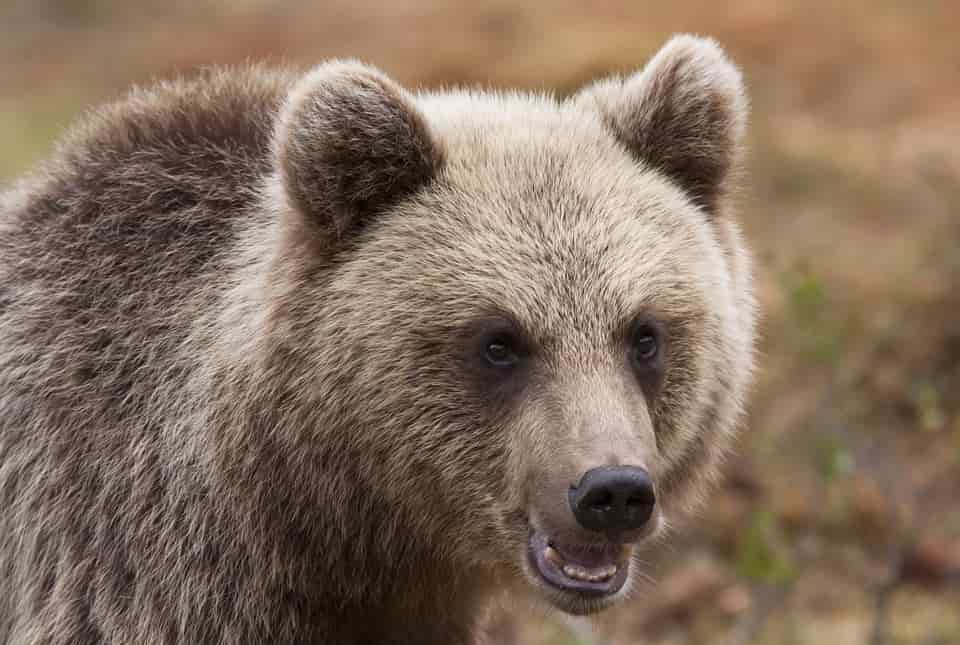
Polar Bear
They are the strongest animals of the arctic. They are one of the biggest and heaviest animals found on land On the top of that they are pretty intelligent. Mothers are pretty caring parents teaching their cubs how to hunt seals and climb.
Size
Adults weight about 680kg and are 2.5m long They are the largest carnivores and one the biggest land animals.
Skin
They seem white due to their fur. But they have black skin which helps to soak up sunlight.
Range
In the Arctic - northern parts of Alaska and Russia, Greenland and Canada.
Population
Between 20 000 and 25 000.
Breeding
Usually in April and May. Gestation lasts approximately 8 months.
Activeness
They don't hibernate during the winter.
Diet
Their favorite prays are seals since they contain enough fat. They also consume walrus and carcasses bird's eggs.
Lifespan
Usually 26 to 29 years.
Enemies?
They have no natural enemies. Only humans may hunt them.
Rolling
They roll into the snow in order to clean or cool themselves.
Swimming
They are able to swim 100 kilometers (60 miles) without having to take a rest.
Cubs
The cubs (1 to 3) spent the winter in a den protected by their mother. They are taught how to hunt during the spring.

